Understanding Thermal Imaging: How Thermal Cameras Capture Infrared Images

Posted By
18 Feb
0 Comment(s)
261 View(s)
Application-Biophotonics
,
Technology-Vision
,
Engineering-IOT/Robot Sensor
,
Application-Robot Sensor
,
Application-Vision
- What is a Thermal Imager and How Does it Work?
- How Are Thermal Images Captured Using Infrared Technology?
- What Applications Are Common for Thermal Imaging and Inspection?
- How to Choose the Right Thermal Imaging Camera for Your Needs?
- What
are the Limitations of Thermal Imaging Technology?
- Conclusion
What
is a Thermal Imager and How Does it Work?
-
What is a thermal imager?
A thermal imager, often referred to as a thermal camera, is a device that detects infrared radiation emitted by objects and converts this data into a visual representation known as a thermal image. This technology relies on the principles of thermography, which is the study of the thermal energy emitted from objects. Unlike visible light cameras that capture images based on reflected light, thermal imaging cameras detect infrared radiation, allowing them to visualize temperature variations across surfaces. This capability makes thermal imagers invaluable in a wide range of fields, including building inspections, electrical systems monitoring, and medical diagnostics.
-
How do infrared cameras work?
Infrared cameras operate by utilizing sensors that are sensitive to infrared radiation. When an object emits thermal energy, it emits infrared radiation that corresponds to its surface temperature. The thermal camera's infrared detector captures this radiation and generates a thermal image based on the temperature differences detected. The thermal imaging technology creates an image using infrared energy, which is then processed and displayed in a format that helps users easily interpret the information. Essentially, the camera translates thermal energy into a visual spectrum that represents temperature variations, allowing users to analyze heat loss, identify hotspots, and make informed decisions based on the data.
-
What are the components of a thermal imaging camera?
A typical thermal imaging camera consists of several key components that work together to capture and display thermal images. The primary component is the infrared sensor, which detects infrared radiation. These sensors can be categorized into uncooled thermal detectors, which are commonly used in portable thermal cameras, and cooled detectors, which are employed in high-end applications requiring greater sensitivity. Other components include an optical lens that focuses the infrared radiation onto the sensor, a display screen for visualizing the thermal image, and various electronic circuits that process and convert the captured data into a usable format. Many thermal cameras also come equipped with advanced features such as image enhancement algorithms, color palettes for temperature differentiation, and data logging capabilities for comprehensive analysis.
How
Are Thermal Images Captured Using Infrared Technology?
-
What is the process of capturing a thermal image?
The process of capturing a thermal image using infrared technology begins with the thermal camera detecting infrared radiation emitted from objects within its field of view. The camera's infrared detector measures the intensity of the radiation, which correlates to the surface temperature of the object. This information is then translated into a pixelated thermal image, where each pixel represents a specific temperature value. The thermal imaging camera creates an image using infrared by assigning colors or shades based on temperature differences, thus providing a visual representation of thermal variations. The resulting thermal scan allows users to identify areas of concern, such as heat loss in buildings or overheating components in electrical systems.
-
What role does thermal energy play in thermography?
Thermal energy is fundamental to thermography. It is the energy emitted by all objects with a temperature above absolute zero, making it a crucial factor in the functioning of thermal imagers. The amount of thermal energy emitted varies depending on the object's surface temperature, material properties, and environmental conditions. In thermography, understanding how thermal energy behaves allows users to accurately interpret thermal images and make informed decisions based on the data. The ability to detect and visualize thermal energy is what sets thermal imaging apart from other inspection methods, providing unique insights into the behavior of materials and systems.
-
How are temperature differences detected in thermal scans?
Temperature differences in thermal scans are detected through the sensitivity of the thermal camera's infrared detector. When the camera captures an infrared image, it identifies variations in thermal radiation emitted by different surfaces. The detector converts these variations into temperature readings, which are then represented in the thermal image. By analyzing the thermal variations, users can pinpoint areas of heat loss, overheating components, or other anomalies that may require attention. The accuracy of detecting temperature differences is influenced by several factors, including the camera's resolution, the emissivity of the materials being scanned, and environmental conditions that might affect the infrared radiation emitted.
What
Applications Are Common for Thermal Imaging and Inspection?
-
How is thermal imaging used in building inspections?
Thermal imaging plays a vital role in building inspections by allowing inspectors to identify issues that are not visible to the naked eye. Using a thermal camera, inspectors can detect heat loss, moisture intrusion, electrical faults, and insulation deficiencies. By visualizing temperature differences, they can quickly locate areas that require repairs or upgrades. For instance, thermal scans can reveal hidden water leaks that may lead to mold growth or structural damage, providing property owners with the information needed to take corrective action. Additionally, thermal imaging can be used to assess the efficiency of heating and cooling systems, ensuring that buildings maintain comfortable temperatures while minimizing energy waste.
-
What industries benefit from thermal imaging technology?
Thermal imaging technology is utilized across various industries, including construction, electrical, mechanical, and medical fields. In construction, it aids in building inspections and energy audits. The electrical industry employs thermal cameras to monitor electrical systems, identifying overheating connections and preventing potential failures. In mechanical settings, thermal imaging is used for predictive maintenance, assessing the condition of machinery and detecting anomalies before they lead to costly downtime. In the medical field, infrared thermography is used for non-invasive diagnostics, helping to identify potential health issues by detecting abnormal temperature patterns in the human body. The diverse applications of thermal imaging highlight its importance in enhancing safety, efficiency, and preventative measures across multiple sectors.
-
How can thermal imaging aid in preventative maintenance?
Thermal imaging is a powerful tool for preventative maintenance, allowing organizations to identify and address issues before they escalate into significant problems. By regularly conducting thermal scans of equipment and systems, maintenance teams can detect early signs of wear, overheating, or inefficiencies. For example, monitoring electrical panels with a thermal camera can reveal hotspots indicating failing components, enabling timely repairs and reducing the risk of equipment failure or fire hazards. Additionally, thermal imaging can help optimize operational performance by identifying areas where energy is being lost or where systems are operating inefficiently. Implementing a proactive maintenance strategy with thermal imaging not only saves costs in the long run but also extends the lifespan of equipment and systems.
How
to Choose the Right Thermal Imaging Camera for Your Needs?
-
What features should you look for in a thermal camera?
When selecting a thermal imaging camera, several features should be considered to ensure it meets your specific needs. First, resolution is critical; higher resolution cameras can capture more detailed thermal images, allowing for better identification of temperature differences. Additionally, look for cameras with adjustable emissivity settings to accurately measure the surface temperature of various materials. Other important features include the camera's temperature range, battery life, and ease of use. Some thermal cameras also offer advanced features such as Wi-Fi connectivity for easy data sharing, built-in image analysis software, and customizable color palettes to enhance image interpretation. Understanding your intended applications will guide you in choosing the right thermal camera for optimal results.
-
How does resolution affect thermal image quality?
Resolution plays a significant role in determining the quality of thermal images. The resolution of a thermal imaging camera refers to the number of pixels used to create the image. Higher resolution cameras have more pixels, resulting in clearer and more detailed thermal images. This increased clarity allows users to distinguish smaller temperature differences and identify potential issues with greater precision. For example, in an industrial setting, a high-resolution thermal camera can detect minor overheating in electrical components that a lower resolution camera might miss. Therefore, investing in a camera with suitable resolution can be crucial for applications where detail and accuracy are paramount.
-
What are the differences between thermal cameras and infrared cameras?
While the terms thermal cameras and infrared cameras are often used interchangeably, there are distinct differences between the two. Thermal cameras specifically detect and visualize infrared radiation emitted by objects based on their thermal energy, producing thermal images that represent temperature variations. In contrast, infrared cameras can encompass a broader range of devices that capture infrared light, including those used for surveillance and night vision. Notably, thermal cameras focus exclusively on thermal radiation, whereas infrared cameras may also capture reflected infrared light. Understanding these differences can help users select the appropriate technology based on their specific application needs.
What are the Limitations of Thermal Imaging Technology?
-
What factors can affect the accuracy of thermal imaging?
Several factors can impact the accuracy of thermal imaging technology. One primary consideration is the emissivity of the materials being scanned. Emissivity refers to a material's ability to emit infrared radiation, and different materials have varying emissivity values. If not calibrated correctly, a thermal camera can yield inaccurate temperature readings, leading to misinterpretations of thermal images. Environmental conditions, such as ambient temperature and humidity, can also affect the accuracy of thermal scans. For example, excessive moisture can obscure thermal images or create false readings due to reflective surfaces. Understanding these factors is essential for achieving accurate and reliable thermal imaging results.
| Feature | Thermal Cameras | Infrared Cameras |
|---|---|---|
| Detection Mechanism | Detects heat (thermal radiation) emitted by objects | Captures infrared light reflected or emitted by objects |
| Wavelength Range | Operates in the long-wave infrared (LWIR) or mid-wave infrared (MWIR) spectrum (typically 3-14 μm) | Covers a broader near-infrared (NIR), short-wave infrared (SWIR), mid-wave infrared (MWIR), and long-wave infrared (LWIR) spectrum (typically 0.7-14 μm) |
| Image Type | Displays a heat map based on temperature differences | Produces a standard infrared image similar to visible light photography |
| Visibility in Total Darkness | Can see in total darkness as it detects heat | May require an infrared light source to work in darkness |
| Common Uses | Security, night vision, firefighting, industrial inspections, medical diagnostics | Night vision cameras, remote controls, astronomy, communication systems |
| Temperature Measurement | Can measure temperature differences accurately | Typically does not measure temperature (unless specifically designed for it) |
| Cost | Generally more expensive due to specialized sensors | More affordable, especially for consumer applications |
-
How does environmental interference impact thermal scans?
Environmental interference can significantly impact the effectiveness of thermal scans. Factors such as wind, rain, or direct sunlight can alter the thermal energy emitted from surfaces, leading to misleading thermal images. For example, strong winds can cool down hot surfaces, causing the thermal camera to register lower temperatures than actual. Similarly, direct sunlight can heat certain areas, resulting in false hotspots in the thermal image. To mitigate these effects, it is essential to perform thermal scans under optimal conditions, taking into account environmental factors that may influence the readings. Proper training in thermal imaging techniques can help users recognize and compensate for these interferences.
-
What are the common misconceptions about thermal imaging?
There are several common misconceptions surrounding thermal imaging technology. One of the most prevalent is the belief that thermal cameras can see through walls or other solid objects. In reality, thermal cameras only detect the infrared radiation emitted from surfaces, not through barriers. Another misconception is that thermal imaging provides precise temperature measurements; while thermal cameras can detect temperature differences accurately, they may not provide exact temperature readings without proper calibration for the emissivity of the material being measured. Additionally, some users may assume that thermal imaging is only useful in specific industries, when in fact, its applications span a wide range of fields, from building inspections to medical diagnostics. Understanding these misconceptions is crucial for maximizing the benefits of thermal imaging technology.
Conclusion
-
Thermal
imaging technology has significantly transformed various industries by
providing a powerful method for detecting temperature variations and
visualizing heat energy. Unlike standard infrared cameras, thermal
cameras detect infrared radiation emitted by objects, allowing users to
analyze temperature differences with high accuracy. This capability
makes them essential in fields such as building inspections, electrical
system monitoring, firefighting, medical diagnostics, and industrial
maintenance.
However, while thermal imaging offers numerous advantages, it is important to understand its limitations. Environmental factors such as emissivity, humidity, and reflective surfaces can affect the accuracy of thermal scans, requiring proper calibration and expertise to interpret the data correctly. Additionally, common misconceptions, such as the belief that thermal cameras can see through walls, need to be addressed to ensure realistic expectations when using this technology.
When selecting a thermal imaging camera, factors like resolution, temperature range, and advanced features should be carefully considered to match specific application needs. By leveraging the power of thermal imaging, professionals can enhance safety, improve efficiency, and implement effective preventative maintenance strategies. As technology continues to evolve, thermal imaging is expected to play an even greater role in advancing diagnostics, security, and energy management across various industries.


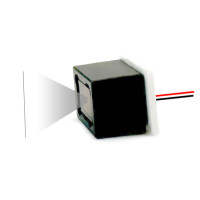
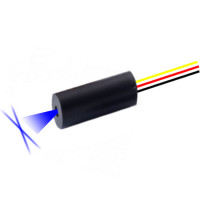

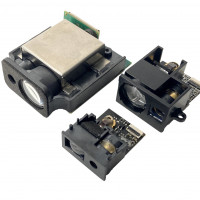
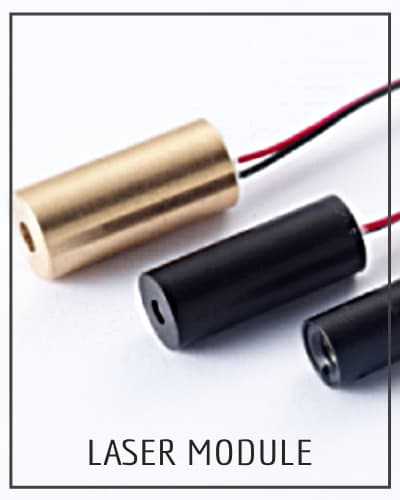
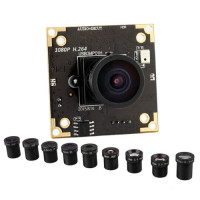
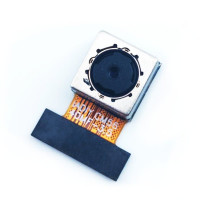
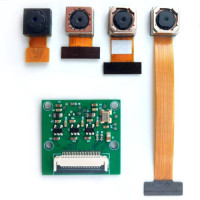
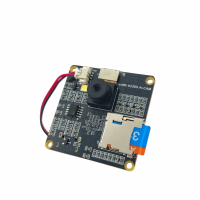
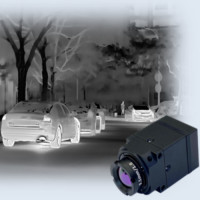
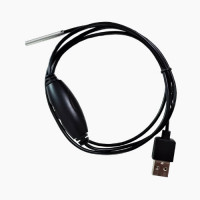
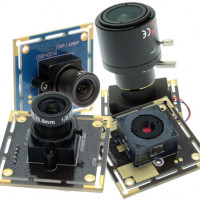
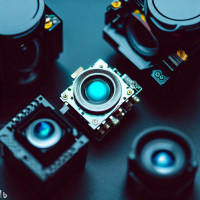

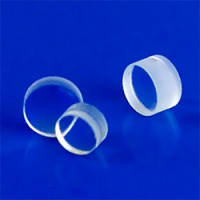
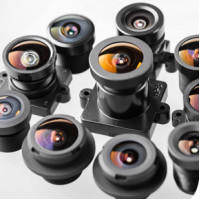
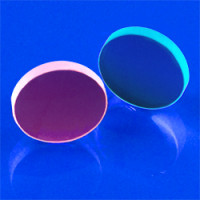
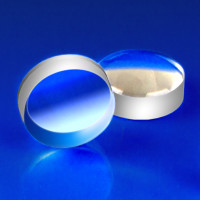
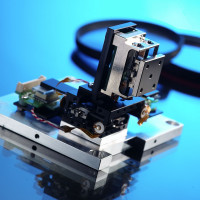
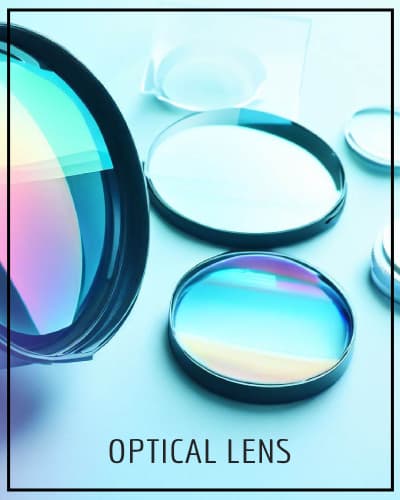
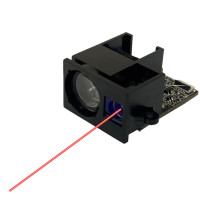
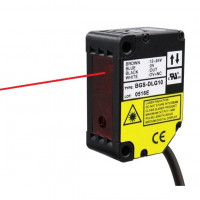
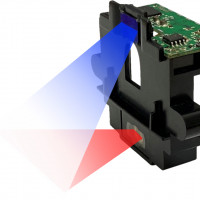
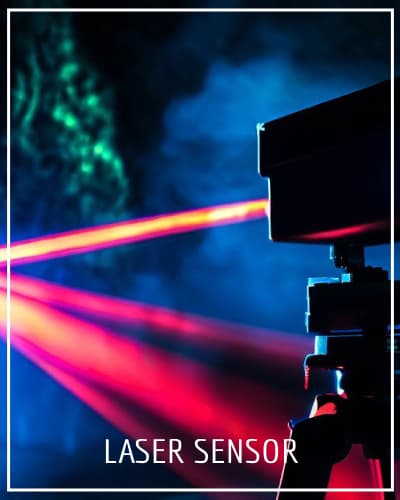
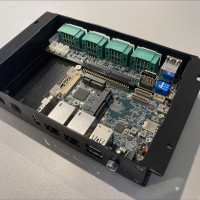
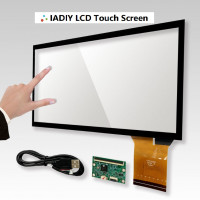
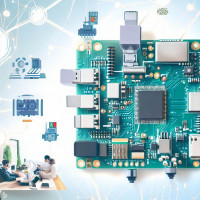
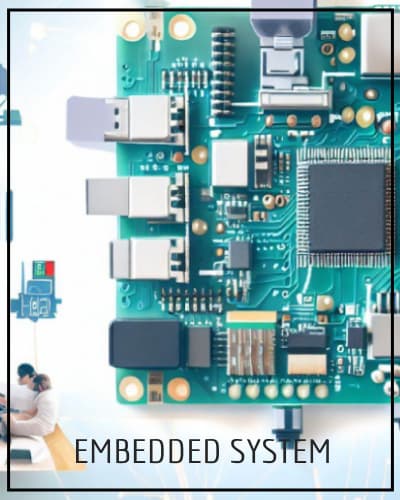

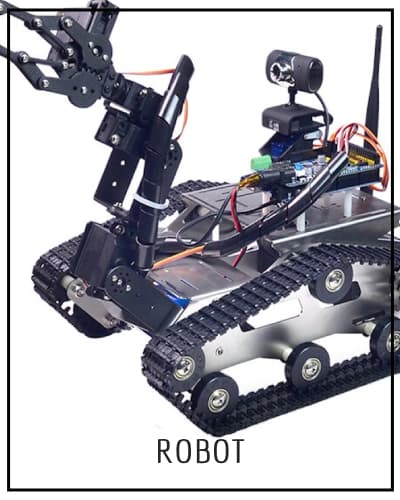
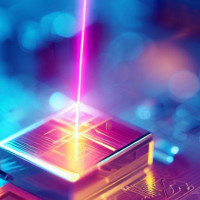
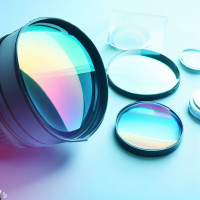
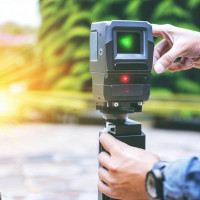
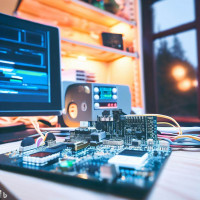

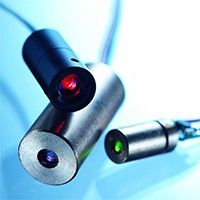
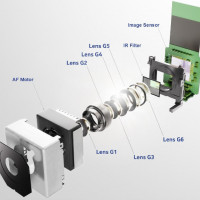
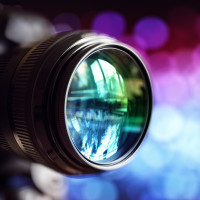
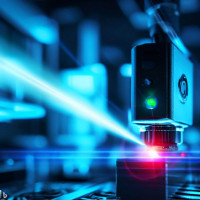
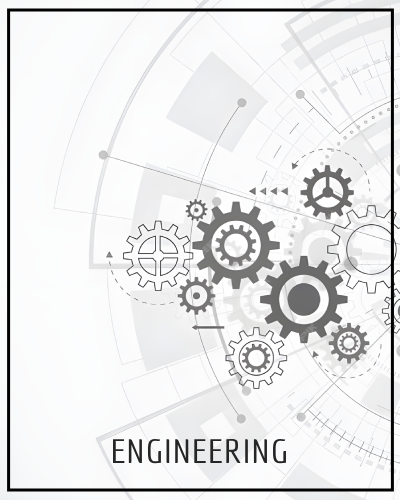
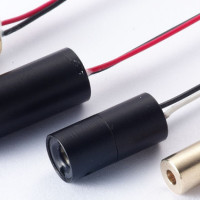
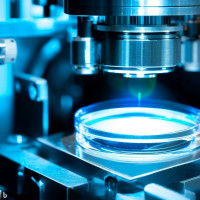
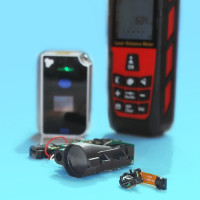
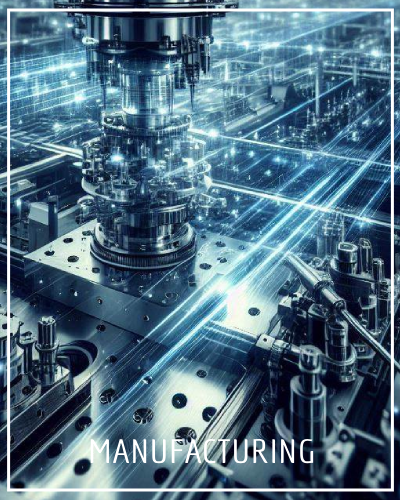
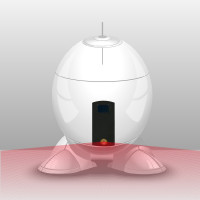
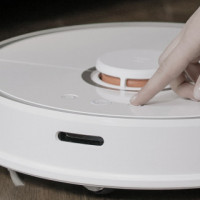


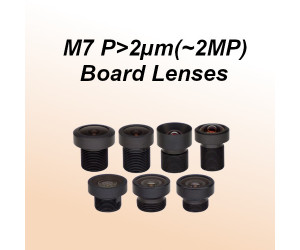
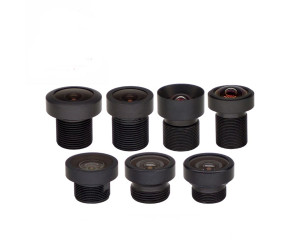
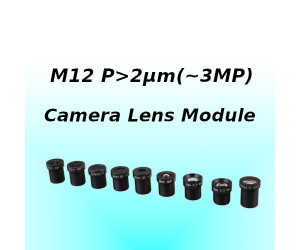
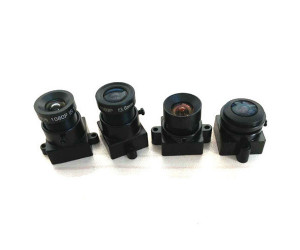
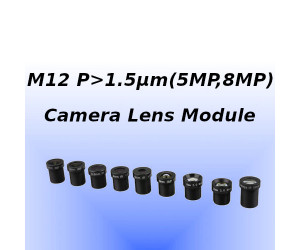

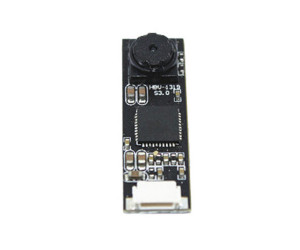
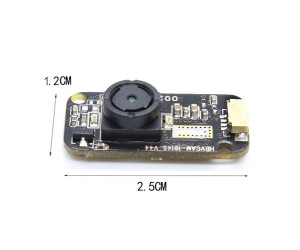
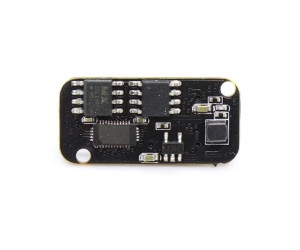
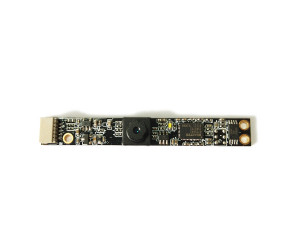
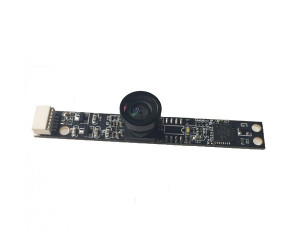
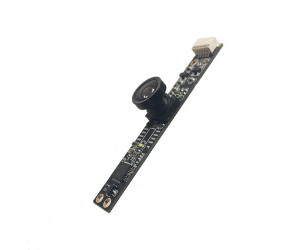
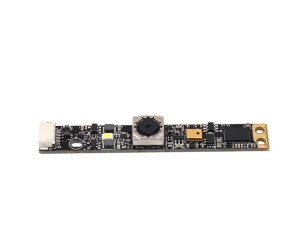
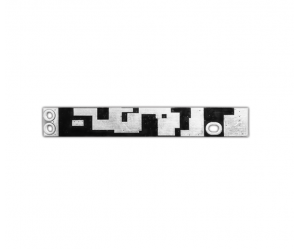

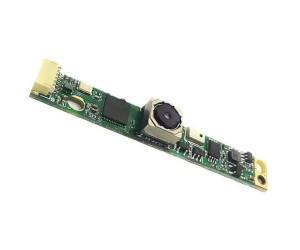
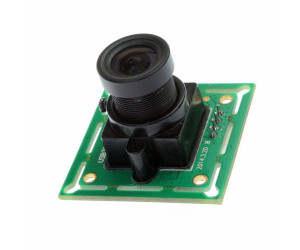
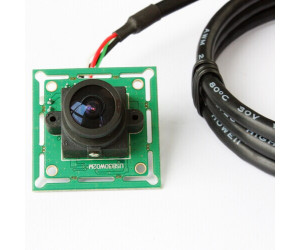
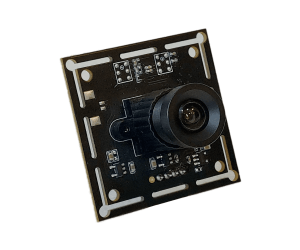
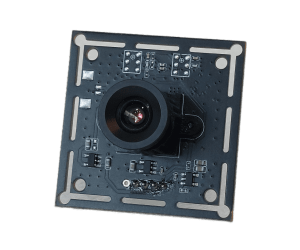
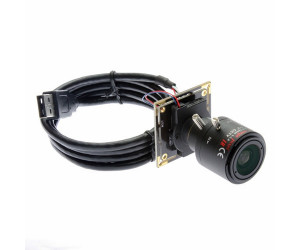
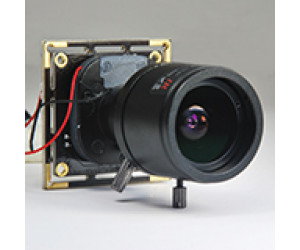
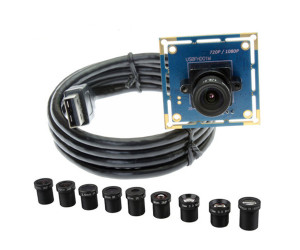
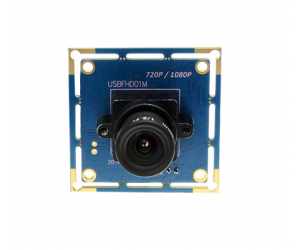


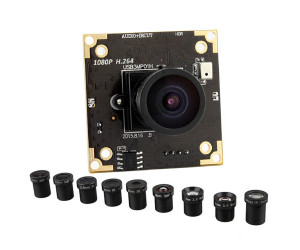
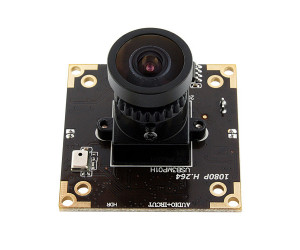
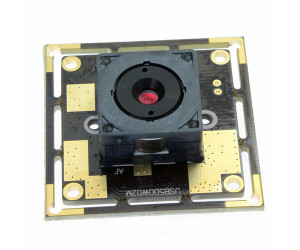
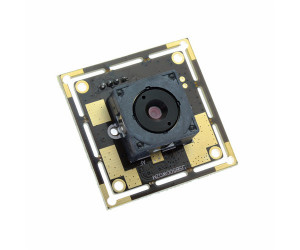
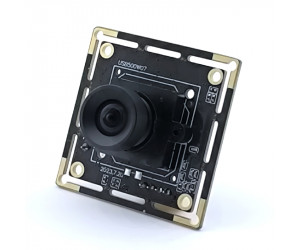
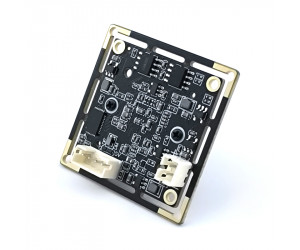
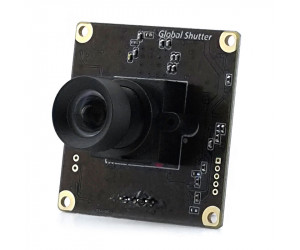

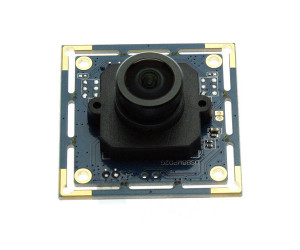
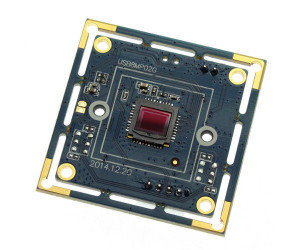
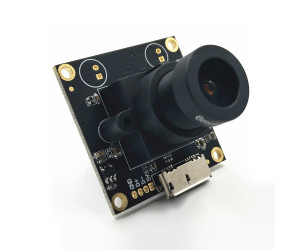
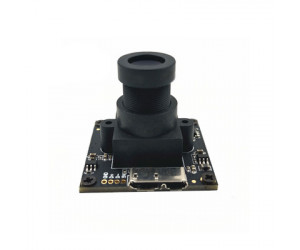
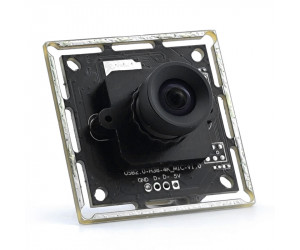
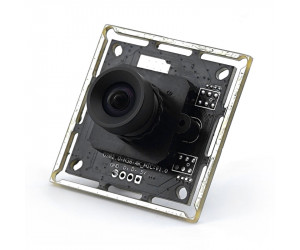
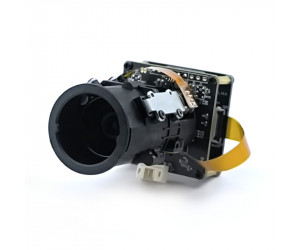


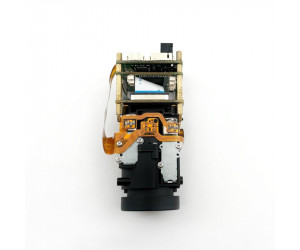
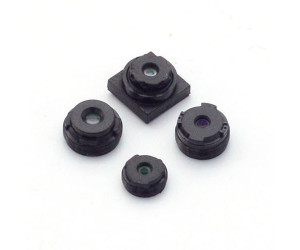
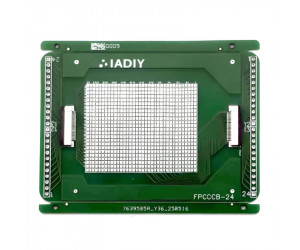
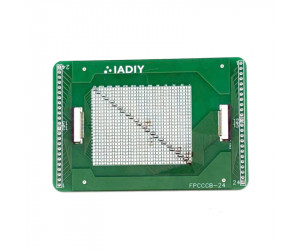
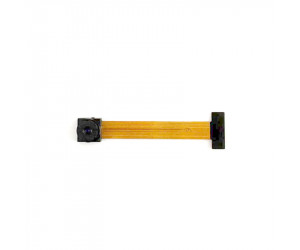

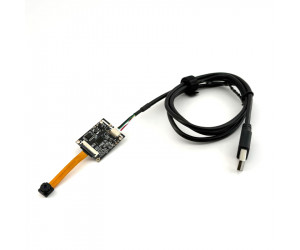
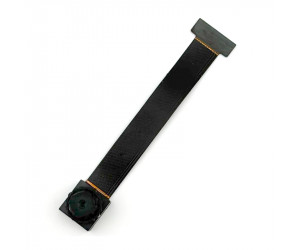
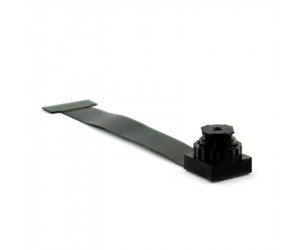
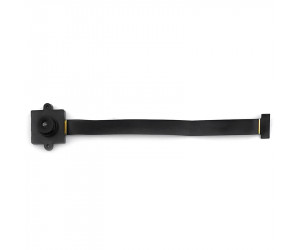

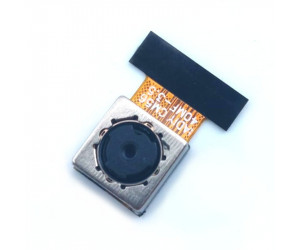
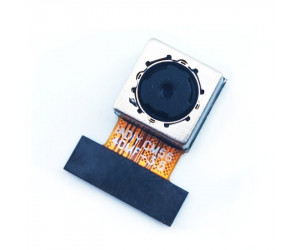
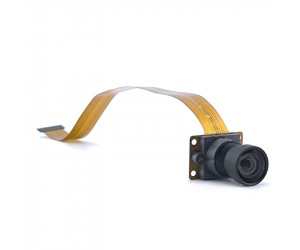
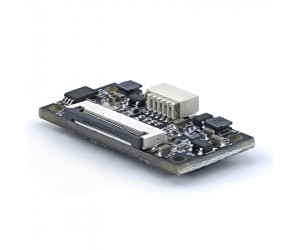
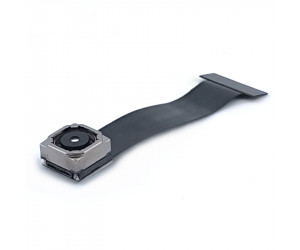
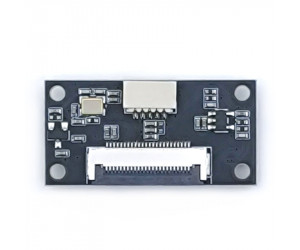
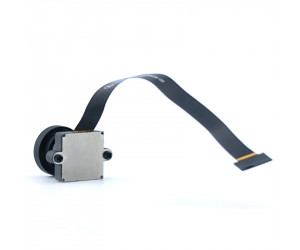
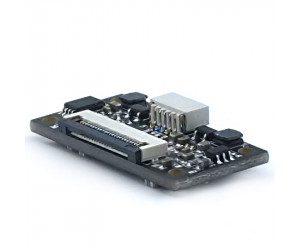
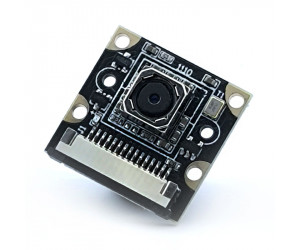
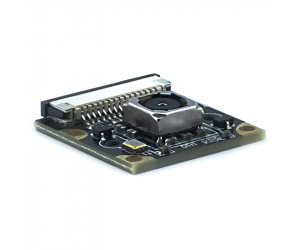

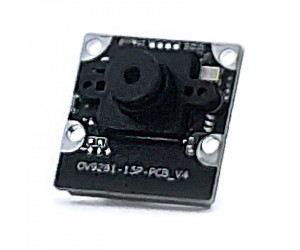
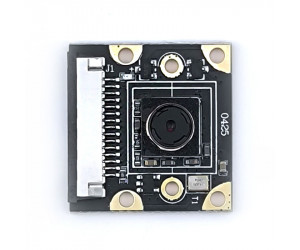
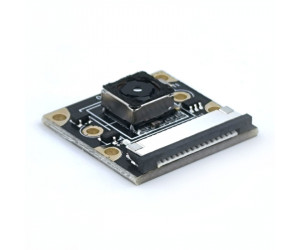
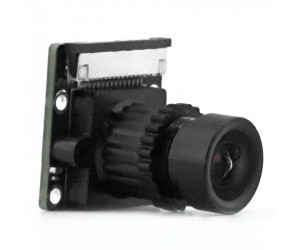
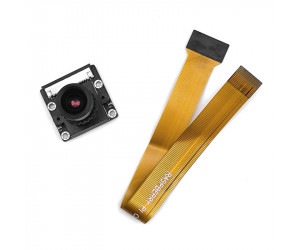
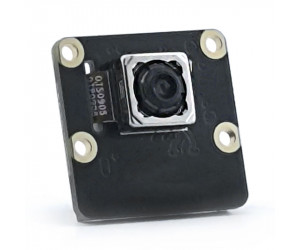
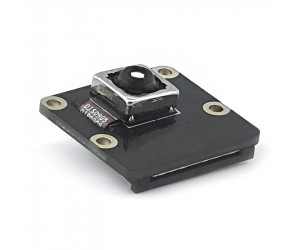
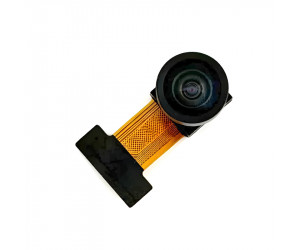
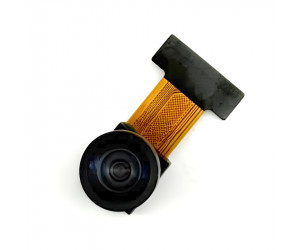
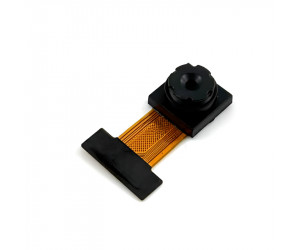
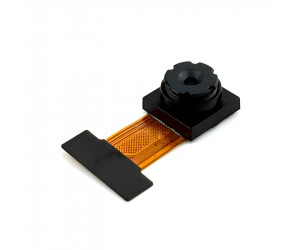
-300x250h.jpg)

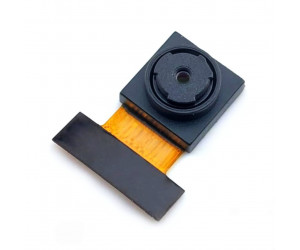
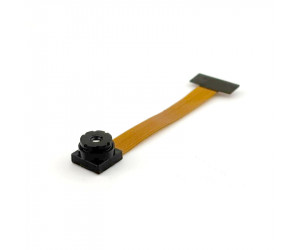
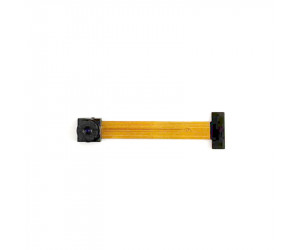
Leave a Comment